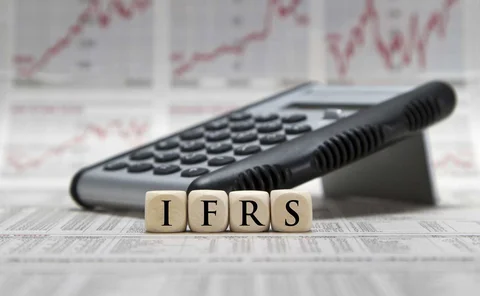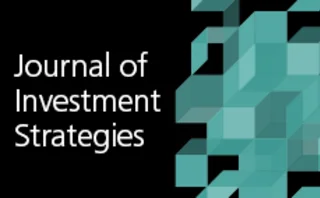Technical paper
Local volatility models in commodity markets and online calibration
This paper introduces a local volatility model for the valuation of options on commodity futures by using European vanilla option prices.
Using derivatives to forecast oil scenarios
Generating probability-weighted oil price scenarios from traded derivatives prices can help risk managers in the industry
Asset price bubbles and the quantification of credit risk capital with sensitivity analysis, empirical implementation and an application to stress testing
This paper presents an analysis of the impact of asset price bubbles on standard credit risk measures.
Estimating the tail shape parameter from option prices
In this paper, the author proposes a method to estimate the tail shape parameter of the risk-neutral density.
Inefficiency and bias of modified value-at-risk and expected shortfall
This paper compares mVaR and mES estimators with VaR and ES under normal and fat tailed t-distributions.
Comparing multivariate volatility forecasts by direct and indirect approaches
This paper investigates direct and indirect volatility evaluations in the multivariate framework by means of a Monte Carlo simulation
Risk management for private equity funds
This paper aims to fill a gap in the literature by developing the first comprehensive risk management framework for private equity fund investments.
Extremely (un)likely: a plausibility approach to stress testing
CCP’s risk managers propose a framework for generating extreme but plausible stress scenarios
Local-stochastic volatility: models and non-models
Lorenzo Bergomi exposes a condition important to the use of LSV models in trading
A balanced approach to central counterparty margining
This paper is meant to serve as a comparison of the approaches and margin models employed by CCPs.
Managing market liquidity risk in central counterparties
This paper discusses the different approaches to incorporating market liquidity risk within a CCP’s default waterfall and the challenges that these approaches pose.
Initial margin model sensitivity analysis and volatility estimation
This paper presents a new approach to parameter selection based on the statistical properties of the worst loss over a margin period of risk estimated by the margin model under scrutiny.
Performance testing of margin models using time series similarity
This paper proposes a performance test based on empirical similarity that would account for margin shortfall, procyclicality and efficiency in a single score.
Initial margin estimations for credit default swap portfolios
This paper presents a clearinghouse framework to establish initial margin requirements for portfolios of credit default swap instruments.
Cleared margin setting at selected central counterparties
In this paper, the authors address one aspect of CCP risk management: initial margining practices. The paper provides a historical review of margining at selected CCPs as well as an overview of their current margin policies.
Accounting for initial margin under IFRS 13
Chris Kenyon and Richard Kenyon show why initial margin should be part of the fair value of a derivative
Trading lightly: cross-impact and optimal portfolio execution
A liquidity model for basket of correlated securities is presented
Networks and lending conditions: empirical evidence from the Swiss franc money markets
In this paper, the author provides an empirical analysis of the network characteristics of two interrelated interbank money markets and their effect on overall market conditions.
Causality networks of financial assets
Through financial network analysis, this paper ascertains the existence of important causal behavior between certain financial assets, as inferred from eight different causality methods.
Visibility graph combined with information theory: an estimator of stock market efficiency
In this paper, the authors use information theory quantifiers to analyze the graphs generated by the VG method as applied to the return rate time series of stock markets from different countries.
Adapting the Basel II advanced internal-ratings-based models for International Financial Reporting Standard 9
This paper examines how we may use A-IRB models in the estimation of expected credit losses for IFRS 9 purposes.
Primary-firm-driven portfolio loss
This paper describes a simple model that can be used for risk management.
Portfolio credit risk model with extremal dependence of defaults and random recovery
This paper proposes a portfolio credit risk model with random recovery rates.
Statistical testing of DeMark technical indicators on commodity futures
This paper examines the performance of three DeMark indicators over twenty-one commodity futures markets and ten years of daily data.











